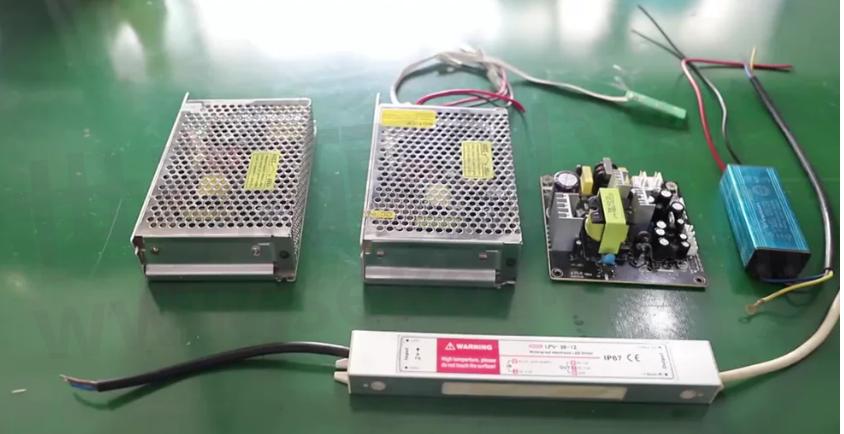Creating an AC-DC Converter: A Guide to Converting Alternating Current to Direct Current

If you work with electronics, you may find yourself needing to convert AC (alternating current) to DC (direct current) at some point. This can be done with a simple AC-DC Converter circuit. In this guide, we walk you through the process of creating your own converter circuit.
First things first, let\ explain the difference between AC and DC. Alternating current is the kind of electricity that comes out of your wall socket. It oscillates back and forth, changing direction 50 or 60 times per second. Direct current, on the other hand, flows in one direction only. Most electronic devices require DC to function.
To create an AC-DC converter, you need a few basic components. These include a transformer, a diode bridge, and some capacitors. Let take a closer look at each of these.
The transformer is the first component in the circuit. Its job is to step down the voltage of the AC input to a lower level that can be handled by the diode bridge. The transformer consists of two coils of wire wound around an iron core. The input AC voltage is applied to one coil, while the output DC voltage is taken from the other coil.

Fig.1
The diode bridge is the second component in the circuit. It consists of four diodes arranged in a bridge configuration. The diodes allow current to flow in only one direction, effectively converting the AC input to DC output.
The capacitors are the final components in the circuit. They work to smooth out the DC output, removing any remaining AC ripple. Two capacitors are used in the circuit: a large electrolytic capacitor and a smaller ceramic capacitor.
Now that we understand the components, let take a look at the circuit diagram.
As you can see, the transformer is connected to the AC input, while the diode bridge and capacitors are connected to the DC output. The large electrolytic capacitor is connected in parallel to the DC output to smooth out the output voltage. The smaller ceramic capacitor is connected in parallel to the large capacitor to filter out any high frequency noise.
When you assembled the circuit, you can test it by connecting a voltmeter to the DC output. You should get a voltage that is slightly less than the voltage of the AC input. For example, if your AC input is 120 volts, your DC output should be around 110 volts.
In conclusion, creating an AC-DC converter is a simple process that can be accomplished with a few basic components. By following the steps outlined in this guide, you should be able to create your own converter circuit with ease.

Fig.2
- +1 Like
- Add to Favorites
Recommend
- What are the Benefits of Using AC-DC Converter Suppliers and Why You Should Choose It
- Generating Power with an AC-DC Converter
- The Key Features and Benefits of SP Series AC-DC Converter
- 12V AC-DC Converter: Efficient Power Conversion Solution
- AC-DC Converter: Converting Alternating Current to Direct Current
- Power Up Any Device with Zoeygo 12V AC-DC Converter
- How to Build an AC-DC Converter
- AC-DC Converter Circuit: Design and Implementation
This document is provided by Sekorm Platform for VIP exclusive service. The copyright is owned by Sekorm. Without authorization, any medias, websites or individual are not allowed to reprint. When authorizing the reprint, the link of www.sekorm.com must be indicated.





























































































































































































































































































































































































































































































































































































































































































































































































































































































